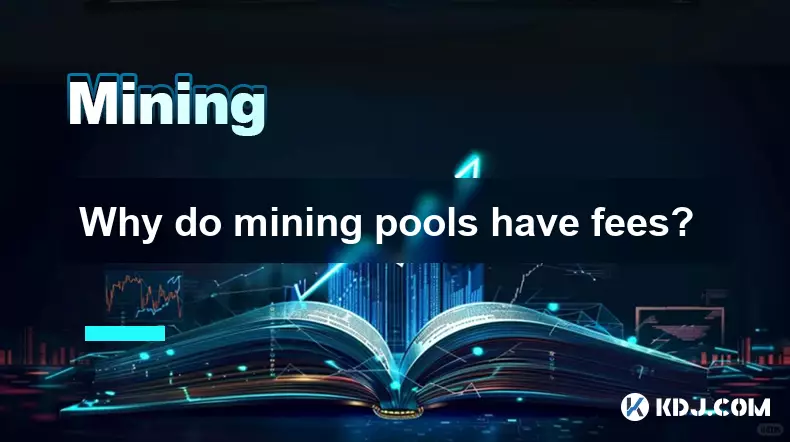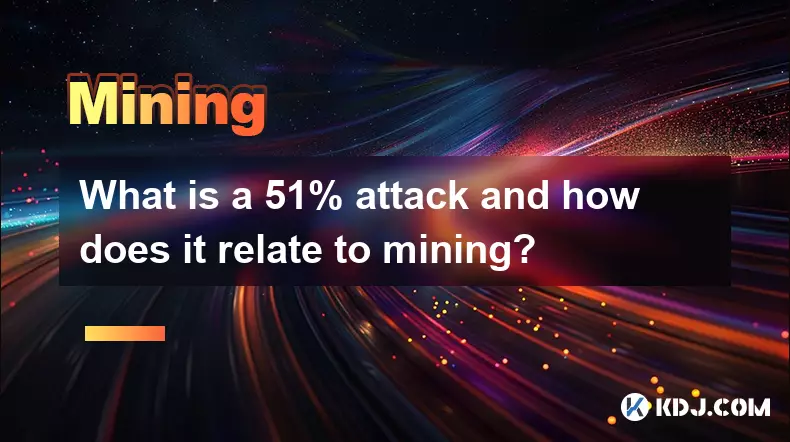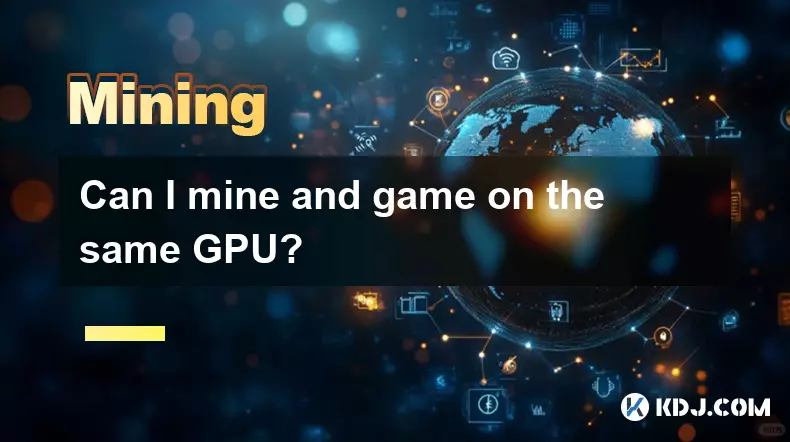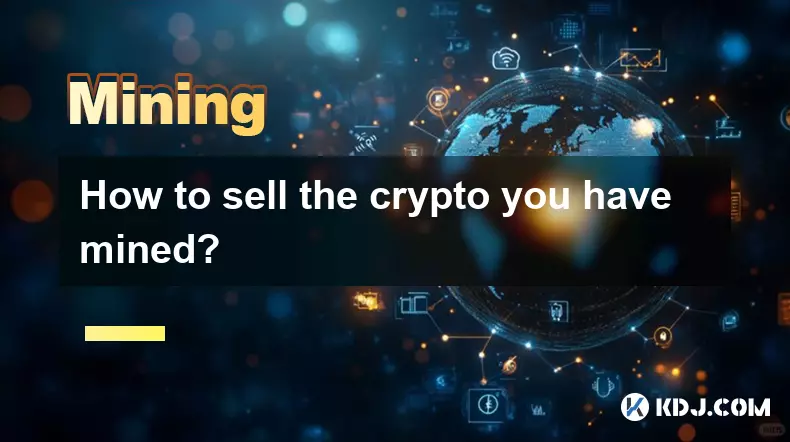-
 Bitcoin
Bitcoin $109400
-2.31% -
 Ethereum
Ethereum $4290
-3.89% -
 Tether USDt
Tether USDt $1.000
-0.05% -
 XRP
XRP $2.809
-2.01% -
 BNB
BNB $844.5
-1.76% -
 Solana
Solana $203.8
-3.20% -
 USDC
USDC $0.9998
-0.06% -
 Dogecoin
Dogecoin $0.2123
-2.84% -
 TRON
TRON $0.3353
-1.67% -
 Cardano
Cardano $0.8089
-3.75% -
 Chainlink
Chainlink $22.45
-5.67% -
 Hyperliquid
Hyperliquid $45.06
-1.97% -
 Ethena USDe
Ethena USDe $1.001
0.00% -
 Bitcoin Cash
Bitcoin Cash $587.3
-0.66% -
 Sui
Sui $3.259
-3.62% -
 Stellar
Stellar $0.3541
-3.04% -
 Avalanche
Avalanche $24.67
-2.69% -
 Hedera
Hedera $0.2120
-4.20% -
 Cronos
Cronos $0.2662
-4.78% -
 UNUS SED LEO
UNUS SED LEO $9.524
0.04% -
 Litecoin
Litecoin $109.8
-2.77% -
 Toncoin
Toncoin $3.103
-2.44% -
 Shiba Inu
Shiba Inu $0.00001208
-3.49% -
 Polkadot
Polkadot $3.762
-3.09% -
 Uniswap
Uniswap $9.191
-5.38% -
 Dai
Dai $0.9998
-0.01% -
 Monero
Monero $269.0
-0.03% -
 Aave
Aave $308.5
-5.38% -
 Bitget Token
Bitget Token $4.841
-3.27% -
 Ethena
Ethena $0.6643
-8.80%
Why do mining pools have fees?
Mining pools combine miners' computational power to boost block discovery chances, enabling more consistent rewards and supporting network stability.
Sep 04, 2025 at 09:18 pm

Understanding the Role of Mining Pools in Cryptocurrency Networks
1. Mining pools aggregate the computational power of multiple miners to increase the probability of successfully mining a block. By combining resources, participants enhance their collective chances of earning block rewards, which would be difficult to achieve individually due to the high difficulty levels in major networks like Bitcoin.
2. These pools operate continuous infrastructure including servers, communication channels, and monitoring systems to coordinate mining activities. This infrastructure ensures that hashing power is efficiently allocated and submitted solutions are tracked in real time.
3. Pool operators are responsible for validating the shares submitted by miners, which represent proof of work contributed toward finding a valid block. This verification process prevents cheating and ensures fairness in reward distribution.
4. Without mining pools, small-scale miners would rarely receive any rewards due to the statistical improbability of solving blocks alone. Pools democratize access to mining income by enabling proportional payouts based on contribution.
5. The stability provided by pools contributes to overall network health, maintaining consistent hash rate distribution and reducing the risk of long block intervals that could disrupt transaction processing.
Why Mining Pools Charge Fees
1. Infrastructure Maintenance Costs – Running a mining pool requires reliable servers, bandwidth, and cybersecurity measures. These technical resources incur ongoing expenses that are covered by deducting a percentage from miners' earnings.
2. Development and Support Staff – Skilled engineers and support personnel are needed to maintain pool software, fix bugs, and respond to operational issues. The fees help compensate for human resources essential to smooth operation.
3. Administrative Overhead – Pool operators manage user accounts, track hash contributions, calculate payouts, and handle withdrawals. Automating and securing these processes demands investment in backend systems.
4. Profit Incentive for Operators – While some pools operate at cost, others include a margin in their fee structure to generate revenue. This financial incentive encourages entities to enter and sustain pool operations in a competitive environment.
5. Risk Mitigation Against Volatility – Fees act as a buffer against fluctuations in block discovery frequency. During periods of low block finds, the accumulated fees help sustain operations until rewards normalize.
Common Fee Structures in Mining Pools
1. Proportional Fees – A fixed percentage (typically 1% to 3%) is deducted from each miner’s payout. This model is transparent and widely adopted across major pools.
2. Pay-per-Share (PPS) – Miners receive immediate compensation for each valid share, with the pool absorbing the variance risk. Fees in this model may be higher due to the operator’s increased financial exposure.
3. FPPS (Full Pay-per-Share) – Includes both block rewards and transaction fees in the payout calculation, with a consistent fee rate applied across all components.
4. PPLNS (Pay-per-Last-N-Shares) – Rewards are based on the number of recent shares submitted before a block is found. Fees are still applied, but payout frequency depends on actual block discoveries.
5. Some pools advertise zero fees but may offset costs through alternative means such as delayed payouts or lower efficiency in share processing. Transparency in reporting is crucial to assess true cost implications.
Frequently Asked Questions
How are mining pool fees calculated?Pool fees are typically calculated as a percentage of the total block reward earned by the pool. For example, if a pool charges a 2% fee and a miner earns 0.01 BTC in rewards, the net payout would be 0.0098 BTC after the 0.0002 BTC fee deduction.
Can miners switch pools to avoid high fees?Yes, miners can freely switch between pools at any time. However, lower fees do not always mean higher profitability. Factors such as pool stability, uptime, payout frequency, and geographic server location also impact overall returns.
Do all cryptocurrencies use mining pools with fees?Most proof-of-work cryptocurrencies utilize mining pools, and the majority of these pools charge fees. The structure and rate vary depending on the network’s size, competition among pools, and operational models.
Disclaimer:info@kdj.com
The information provided is not trading advice. kdj.com does not assume any responsibility for any investments made based on the information provided in this article. Cryptocurrencies are highly volatile and it is highly recommended that you invest with caution after thorough research!
If you believe that the content used on this website infringes your copyright, please contact us immediately (info@kdj.com) and we will delete it promptly.
- Dogecoin, Forecast, and Meme Coins: Navigating the Hype in '25
- 2025-09-05 00:25:12
- Anchorage, Starknet, and Crypto Yield: A New Era for Institutional Staking
- 2025-09-04 22:45:13
- Dogecoin's Key Indicator Flashes Buy Signal Amidst Market Drop: A New York Minute
- 2025-09-04 22:25:15
- Gold, Trump, and the Flight to Safety: What's Driving the Market in 2025?
- 2025-09-04 22:25:15
- Cryptos to Watch: BlockchainFX ($BFX) Surges Ahead, Leaving Tron Market Share in the Dust
- 2025-09-04 23:25:12
- Sui, Bitcoin, and Upgrades: Decoding the Crypto Trends
- 2025-09-04 23:45:11
Related knowledge

Why do mining pools have fees?
Sep 04,2025 at 09:18pm
Understanding the Role of Mining Pools in Cryptocurrency Networks1. Mining pools aggregate the computational power of multiple miners to increase the ...

What is a 51% attack and how does it relate to mining?
Sep 04,2025 at 04:36pm
Understanding the 51% Attack in Blockchain Networks1. A 51% attack occurs when a single entity or group gains control over more than half of a blockch...

Can I mine and game on the same GPU?
Sep 04,2025 at 09:00pm
Running Mining and Gaming Simultaneously on One GPU1. Sharing a single GPU between cryptocurrency mining and gaming is technically possible but comes ...

What is the role of a stratum server in pool mining?
Sep 04,2025 at 06:01pm
Understanding the Stratum Server in Cryptocurrency Mining1. The stratum server acts as a communication bridge between mining pools and individual mine...

How to sell the crypto you have mined?
Sep 04,2025 at 03:54pm
Choosing the Right Exchange Platform1. Selecting a reliable cryptocurrency exchange is the first critical step in selling mined crypto. Platforms like...

How does merge mining work?
Sep 04,2025 at 07:36pm
Merge Mining: A Dual-Chain Approach1. Merge mining allows miners to simultaneously secure two or more blockchains using the same computational power. ...

Why do mining pools have fees?
Sep 04,2025 at 09:18pm
Understanding the Role of Mining Pools in Cryptocurrency Networks1. Mining pools aggregate the computational power of multiple miners to increase the ...

What is a 51% attack and how does it relate to mining?
Sep 04,2025 at 04:36pm
Understanding the 51% Attack in Blockchain Networks1. A 51% attack occurs when a single entity or group gains control over more than half of a blockch...

Can I mine and game on the same GPU?
Sep 04,2025 at 09:00pm
Running Mining and Gaming Simultaneously on One GPU1. Sharing a single GPU between cryptocurrency mining and gaming is technically possible but comes ...

What is the role of a stratum server in pool mining?
Sep 04,2025 at 06:01pm
Understanding the Stratum Server in Cryptocurrency Mining1. The stratum server acts as a communication bridge between mining pools and individual mine...

How to sell the crypto you have mined?
Sep 04,2025 at 03:54pm
Choosing the Right Exchange Platform1. Selecting a reliable cryptocurrency exchange is the first critical step in selling mined crypto. Platforms like...

How does merge mining work?
Sep 04,2025 at 07:36pm
Merge Mining: A Dual-Chain Approach1. Merge mining allows miners to simultaneously secure two or more blockchains using the same computational power. ...
See all articles

























































































